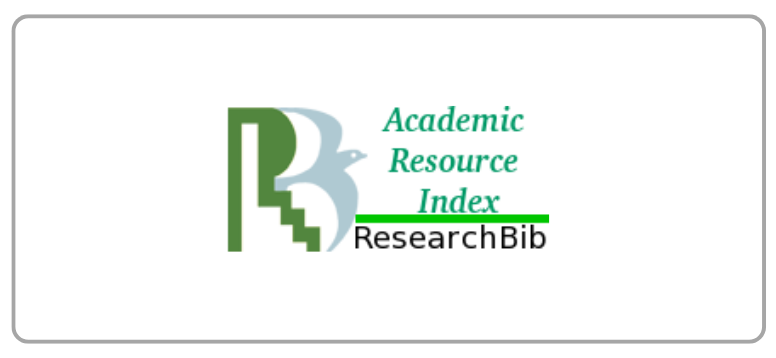Data Warehouse dan Data Mining Pendidikan Tinggi: Studi Kasus Kategori Undur Diri di Universitas Bina Nusantara
DOI:
https://doi.org/10.21512/comtech.v3i2.2309Keywords:
data warehouse, data mining, prediction, drop outAbstract
Data warehouse and data mining is used to extract useful information and has a specific meaning and to develop a real relationship between some variables stored in the data/data warehouse. A data warehouse is appropriately designed and added a requirement to provide appropriate data and is useful in making better decisions. Hardware and software facilitate adequate access to such data, analyze and display the results interactively. Data mining software is a highly effective tool that can be used to interrogate the data contained in the data warehouse in order to find a relationship (Neary 1999). This study conducts some literature studies applies some models and case studies in a higher education institution, in terms of the benefits, functions and development. The case study conducted is objected to see the trend and prediction of the number of students who drop out (DO).
Plum Analytics
References
Akintola K.G., Adetunmbi A.O., Adeola O.S. (2011). Building data warehousing and data mining from course management systems: a case study of futa course management information systems. International Journal of Database Theory and Application 4(3).
Inmon, W. H.(2005). Building the Data Warehouse (4th edition). New Jersey: John Wiley and Sons.
Kantardzic, Mehmet. (2003). Data Mining: Concepts, Models, Methods, and Algorithms. New Jersey: IEEE Press.
Neary, R. (1999). Building a data warehouse and data mining for a strategic advantage. Journal of Information Technology Theory and Application (JITTA), 1(1), 7 – 21.
Downloads
Published
How to Cite
Issue
Section
License
Authors who publish with this journal agree to the following terms:
a. Authors retain copyright and grant the journal right of first publication with the work simultaneously licensed under a Creative Commons Attribution License - Share Alike that allows others to share the work with an acknowledgment of the work's authorship and initial publication in this journal.
b. Authors are able to enter into separate, additional contractual arrangements for the non-exclusive distribution of the journal's published version of the work (e.g., post it to an institutional repository or publish it in a book), with an acknowledgment of its initial publication in this journal.
c. Authors are permitted and encouraged to post their work online (e.g., in institutional repositories or on their website) prior to and during the submission process, as it can lead to productive exchanges, as well as earlier and greater citation of published work.
 USER RIGHTS
 All articles published Open Access will be immediately and permanently free for everyone to read and download. We are continuously working with our author communities to select the best choice of license options, currently being defined for this journal as follows:


























